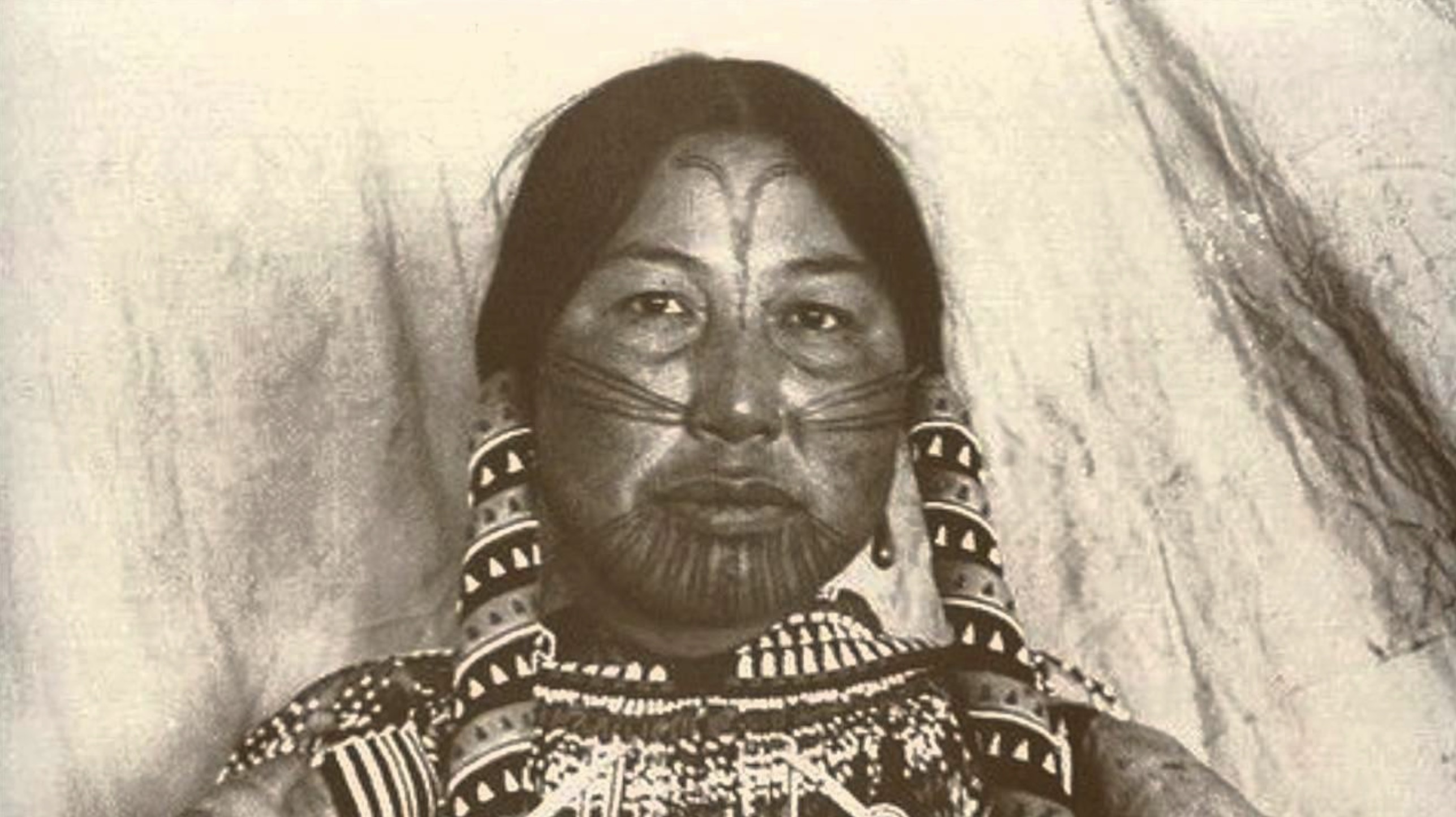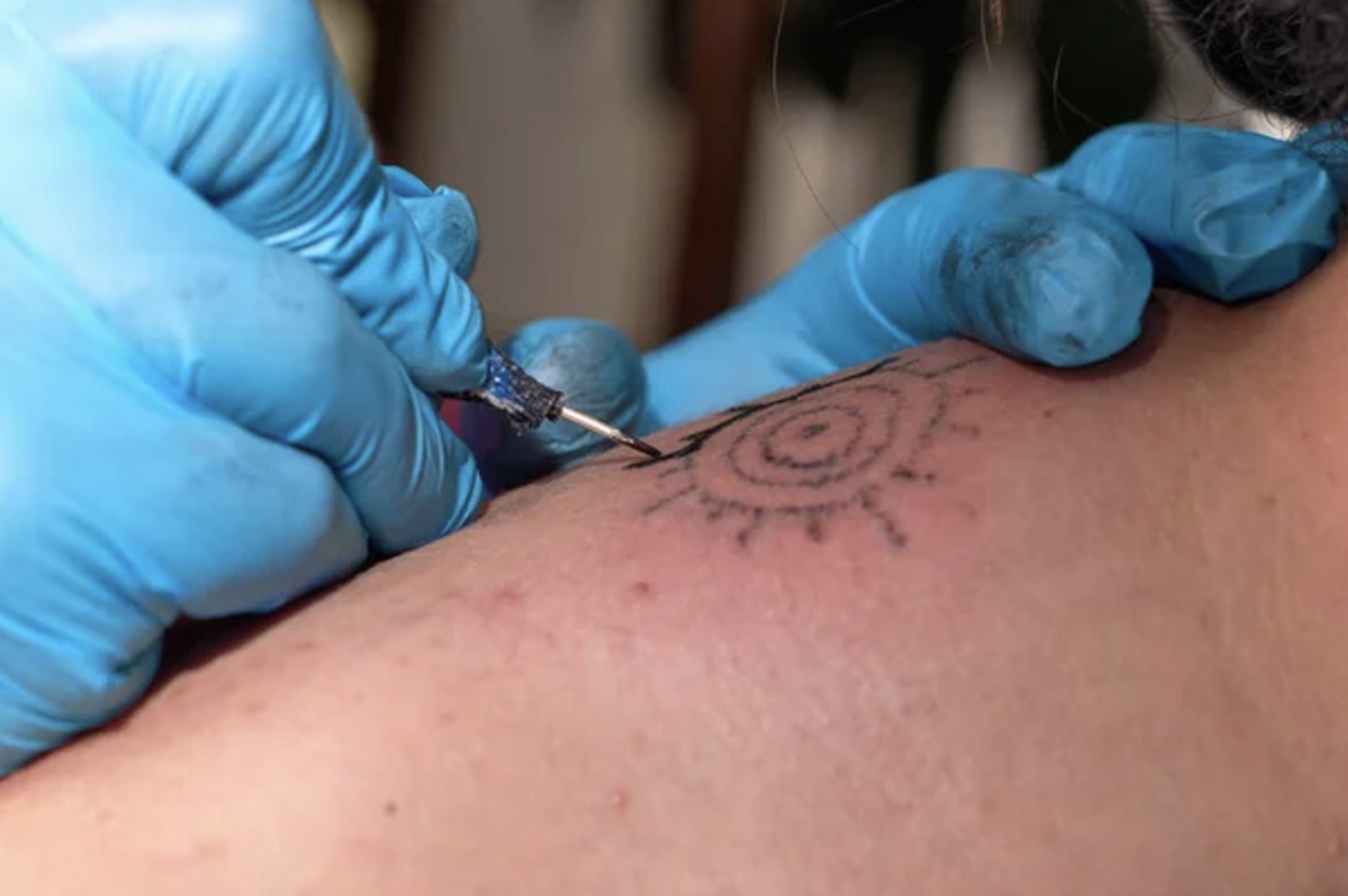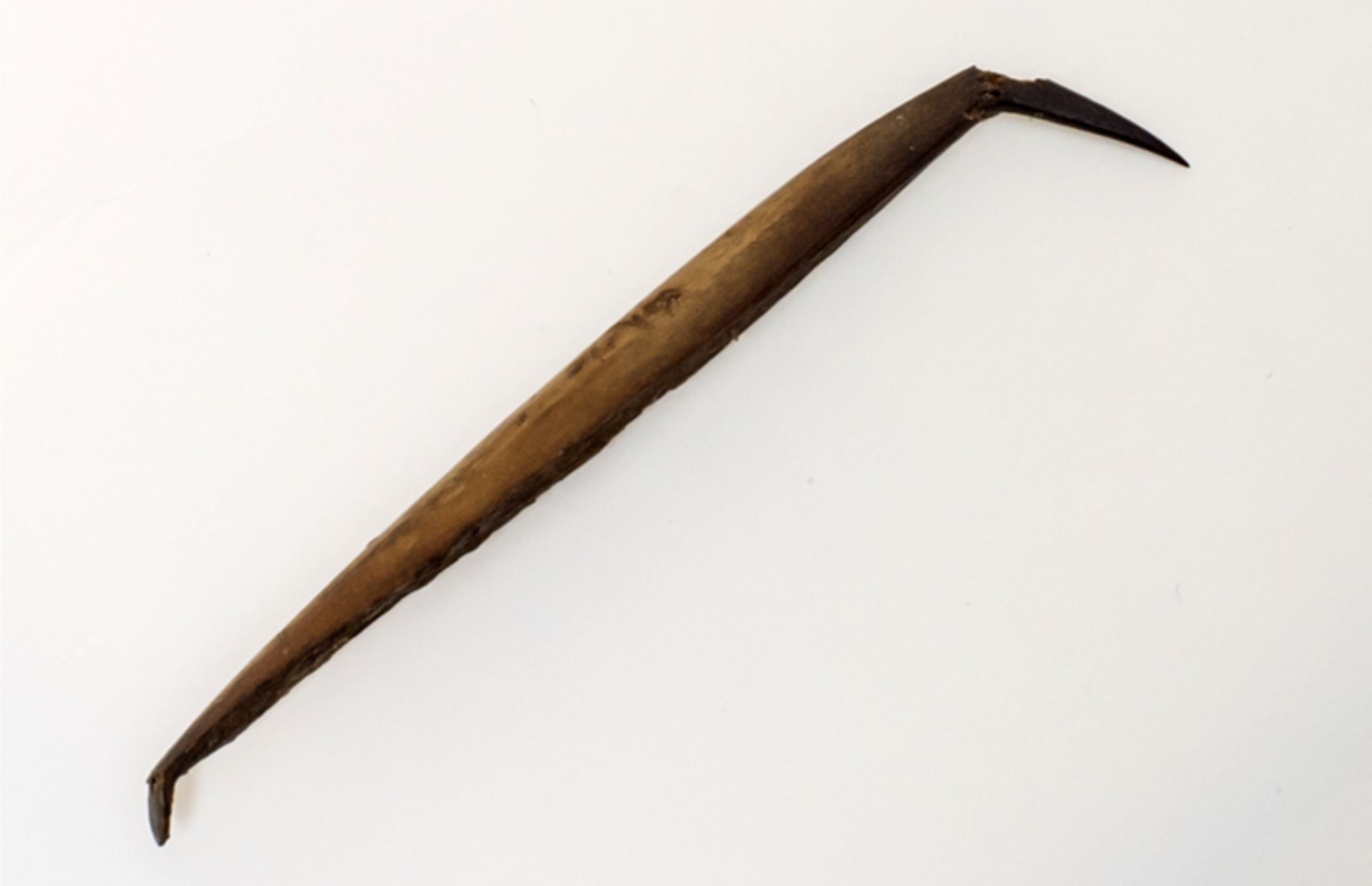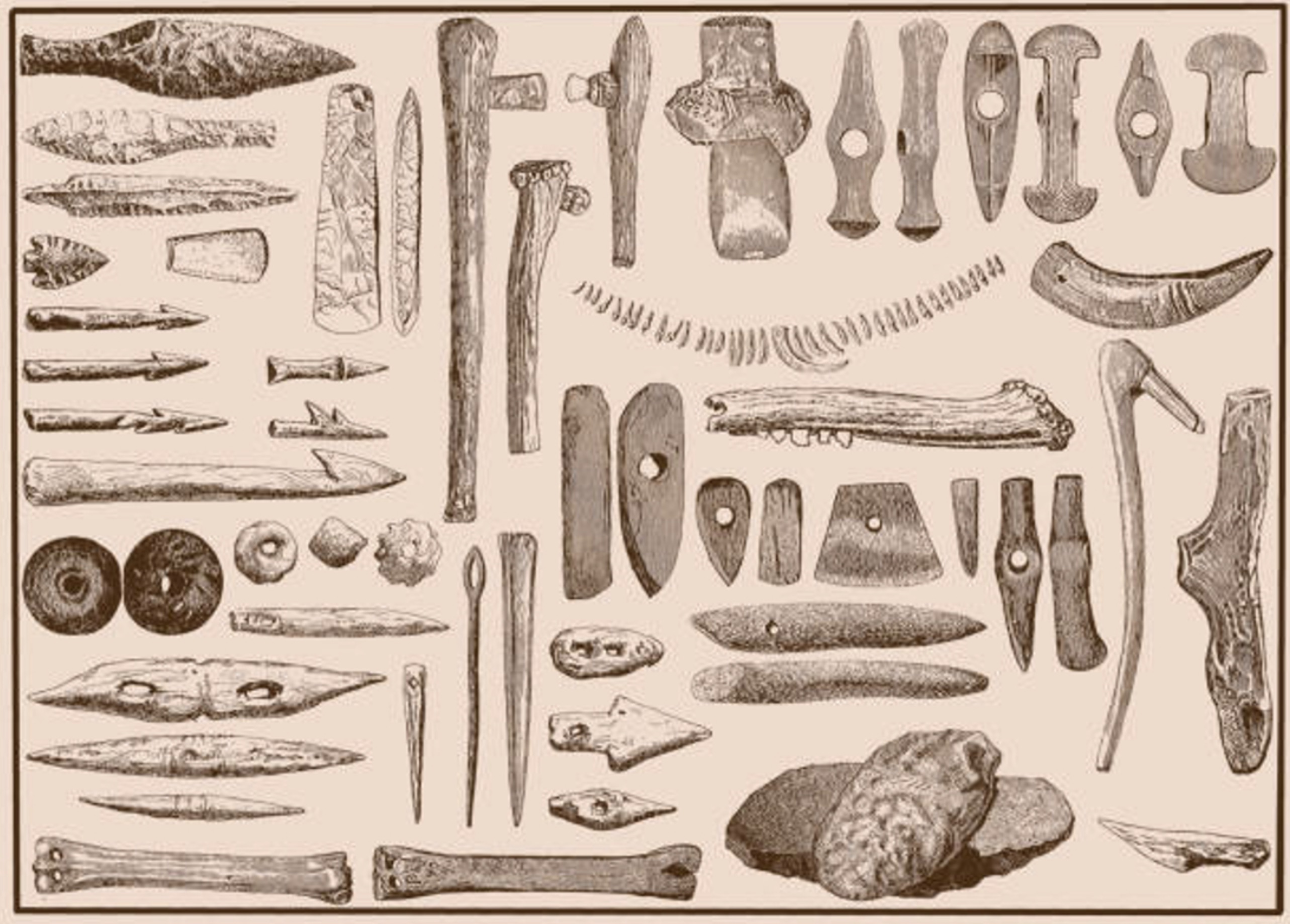Mysterious Tattoos on Mummy Have Researchers Scratching Their Heads
In 1991, hikers stumbled across a mummy in the Italian Alps. Over the past 30 years, extensive research has been conducted on the man who is now famously called Ötzi the Iceman.
One of the most interesting aspects of Ötzi the Iceman is that he has several tattoos on his body that have had anthropologists scratching their heads. But finally, scientists and tattoo artists have gotten together to find out how and why these markings were made.
Ötzi the Iceman
The discovery of Ötzi the Iceman deep in the Alps of Italy in 1991 was exciting in and of itself. But over the years, researchers have learned an incredible amount of information about this ancient mummy.

Source: Depositphotos
They now know that Ötzi the Iceman lived about 5,000 years ago and that his body was naturally mummified by the cold of the mountains. They know what Ötzi ate right before he died, how he died, and even where he lived. The only thing researchers haven’t been able to determine is why he has several unique tattoos and how they were inflicted.
The Mysterious Tattoos of Ötzi the Iceman
Ötzi’s mysterious tattoos don’t look quite like the popular styles people opt for today. Instead, he had 61 small tattoos, which were either individual lines or small X-shape designs.

Source: Marco Samadelli/LiveScience
In many cases, the lines were in parallel groups of three, four, or even seven, while the x-shaped designs were most often solitary. The majority of the tattoos were found at Ötzi’s joints, including around his wrist, behind the knee, and on the ankle.
The Specific Placement of the Tattoos Gave Way to an Interesting Theory
While scientists were studying Ötzi’s mummified body, they noted that his bones showed signs of strain-induced degeneration, which likely meant the ancient man struggled with joint pain.

Source: Wikipedia
And because Ötzi’s tattoos were most commonly localized to his joints, specifically the joints that showed signs of degeneration, they hypothesized that the tattoos were not ceremonial or decorative but a form of pain management instead.
Ötzi Lived 2,000 Years Before This Practice Began in China
What’s incredibly interesting about this theory is that while using tattoos as a form of pain relief similar to acupuncture was popular in ancient China, Ötzi lived some 2,000 years before it became common practice.

Source: Unsplash
However, for now, this is just a theory. The tattoos could have, in fact, been implemented as a form of worship or ceremony, as most ancient cultures did exactly that.
The Ancient Art of Tattooing
The art of tattooing is almost as old as Homo Sapiens themselves. Although there are few bodies intact that wandered the Earth thousands of years ago, many of those that do have some form of tattoo art on their skin.

Source: @AnnaRobles/YouTube
And thanks to research conducted on bodies over the last thousand years, anthropologists know that most cultures, such as the Aztecs, Greeks, Romans, Maori, and most Native American tribes, used tattoos to honor their warriors and leaders, display their family line, and even just as decoration.
Finding Out More About Ötzi the Iceman’s Ink
Although it has always been common practice, Ötzi and his ink are special because they are some of the oldest examples of tattooing ever found. One of the first things that researchers wanted to understand was how the tattoos were created, so they set to work with a team of modern tattoo artists to find out.

Source: Depositphotos
Aaron Deter-Wolf of the Tennessee Division of Archaeology got together with New Zealand tattoo artist Danny Riday and published an incredible study solely on Ötzi’s tattoos in the European Journal of Archaeology.
The Trial and Error Experiment
To conduct this fascinating study, they tattooed Riday with eight different tools and four specific techniques to try to recreate Ötzi’s exact markings. They then watched how they healed and compared the two, and what they found was extremely interesting.

Source: @HaraldWisthaler/South Tyrol Museum of Archaeology
Deter-Wolf and Danny Riday deduced that the tattoos were almost certainly administered through puncture wounds created by either a sharpened animal bone or a copper awl.
The Tools of Our Ancestors
Prehistoric tools are one of the most fascinating ways to study our ancient ancestors because, unlike clothing, food, or even bodies, many of these tools have stood the test of time.

Source: iStock
Therefore, when conducting their research, this team was able to use almost identical tools to what Ötzi and his community would have had on hand when creating the tattoos. However, no one has ever identified these ancient treasures as tattooing tools.
This Information Could Change the Way Anthropologists Identify Ancient Tools
While many may wonder about the scientific importance of understanding what kind of tool made the tattoos on the Iceman, the study’s authors believe this information is extremely influential.

Source: Wikimedia Commons
As Deter-Wolf told ScienceAlert, “[These] types of artifacts appear in the archaeological record of the region, but none have ever been identified as tattooing tools. We hope this paper will inspire archaeologists to reassess how artifacts may have been used, and maybe discover actual Copper Age tattooing tools.”
The Pigment Was Unquestionably Made From Burnt Plants
While assessing the tools used to create Ötzi’s tattoos, the scientists and tattoo artists also wanted to find out what was used as the ink.

Source: Freepik
The study explained, “Popular discussions of the Iceman describe his tattoos as having been made by incision, first cutting the skin, and then rubbing in pigment from the surface.” And they believe that pigment would have been a type of soot-based ink created with the burning residue of plants mixed with charcoal, alcohol, or coconut oil.
Humans' Psychological Desire to Be Tattooed
This study, while exceptionally niche, is actually extremely interesting, not just for tattoo artists but for all those who desire to understand the cultures that came before us. Why have humans always had the psychological desire to be tattooed?

Source: Freepik
As the team of researchers wrote, “This data may be applied to the study of preserved remains from archaeological and museum collections, as well as to [the] analysis of historical imagery and traditions, to illuminate previously unknown aspects of the associated cultures.”
